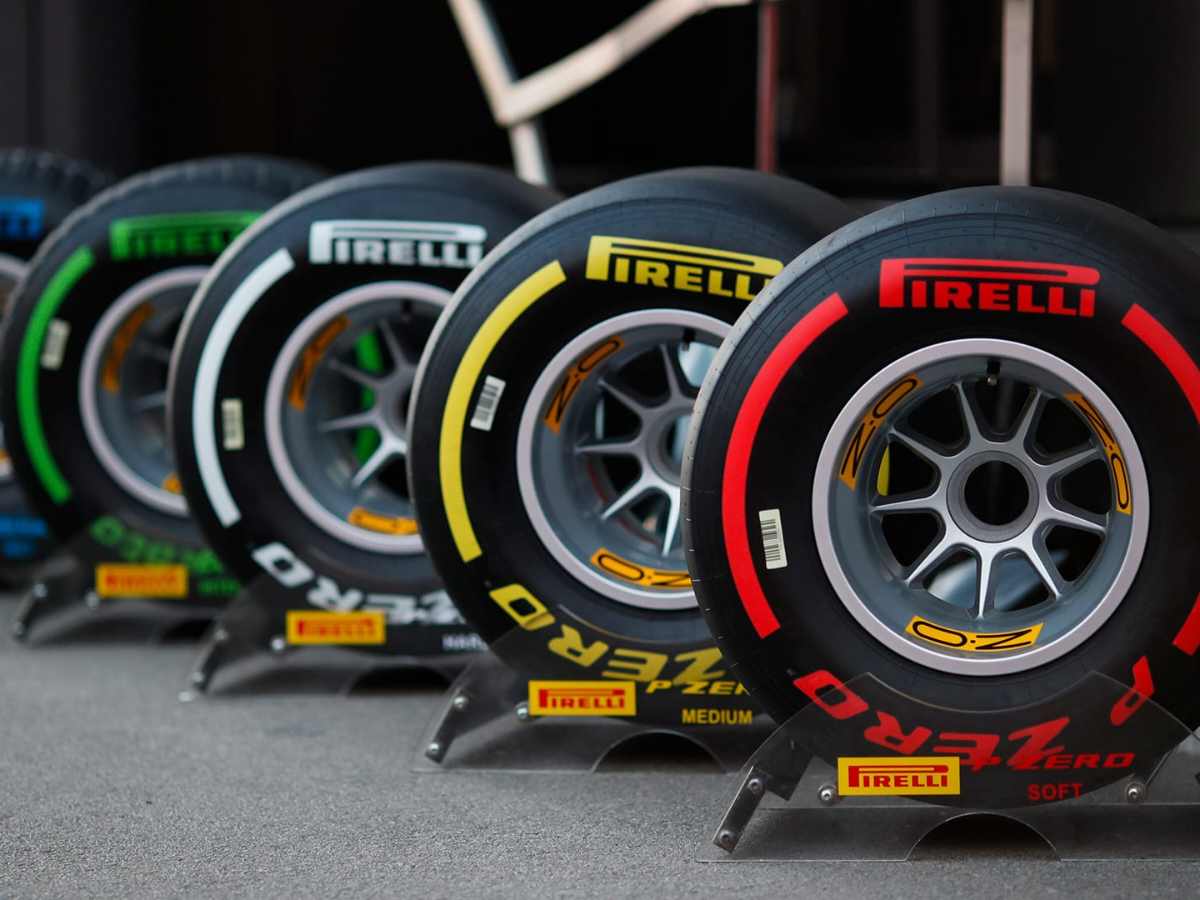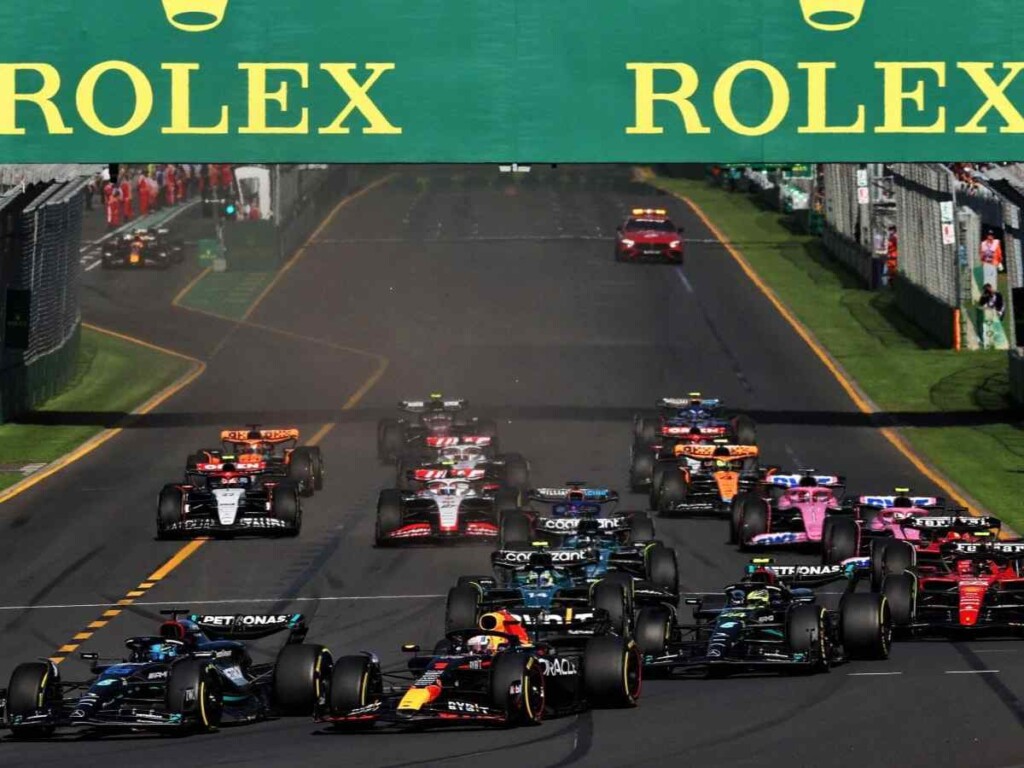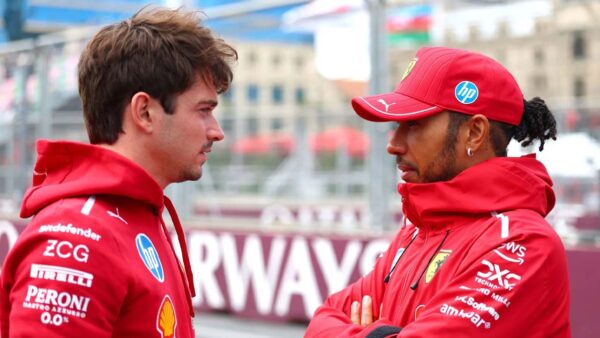What gas is in F1 wheels?
F1 tyres are designed to provide the optimal grip, performance, and durability critical for Formula 1 racing.

F1 tires
🔍 Explore this post with:
F1 as a sport has been evolving year after year in all its facets, and the way things are going will keep on developing and embracing new changes as per the ever-changing demands of the sport. Moreover, the pinnacle of motor racing is technically advanced in comparison to some of the other motorsports racing categories.
As with any other part of an F1 car, the F1 tires also play a vital role in the overall package of the car. Tires are there to support the overall weight of the car and, more importantly, to run for long periods during Grand Prix weekends. The tires in F1 are provided by Pirelli, and as per sources, it has come to light that the tires are filled with nitrogen before every session. They have got 78 percent nitrogen and 21 percent oxygen.
When it comes to reasons for filling the tires with nitrogen, there are two specific reasons to do so. The first reason for filling cars with nitrogen is because of their higher consistency. The moisture content present in the air is variable as it depends on the local weather conditions and since F1 events take place all over the globe, there is a significant change in the moisture content.
When it comes to the second reason, the behavior of nitrogen is quite predictable and consistent, which helps the various F1 teams in developing strategies for the F1 races. Moreover, the F1 teams are also able to maintain an optimum level of air pressure in the tires throughout the season. F1 tires are an extremely important component of an F1 car and forever going to be one.
Discover: Which F1 driver comes from the wealthiest family?
F1 has seen massive changes in recent years

While the F1 tires and the other components of cars have developed quite a lot in recent years, the sport, in general, has undergone huge changes that have changed the overall landscape at the pinnacle of motor racing. F1 has now got a different format in terms of Sprint races which was introduced in 2021, and when it comes to the bigger changes, the sport saw one of the biggest overhauls in its rules at the start of the 2022 F1 season.
Moreover, with the pace at which the various changes are taking place in the sport, it is almost inevitable that F1 will continue going through significant changes in the foreseeable future of the sport. 2026 will also see a big change in the overall regulations of the sport, with the chance of a few new teams joining the pinnacle of motor racing by then.
Change is the name of the game in the modern era, and if a sport is not able to keep pace with it, it will completely fall behind in the overall race in terms of global popularity. However, too much change can also sometimes turn out to be a deterrent to the overall popularity of a sport. F1 is currently in a period of boom, and it has to be extremely careful and not overdo it in terms of the changes that are still in the pipeline.
In case you missed it:







